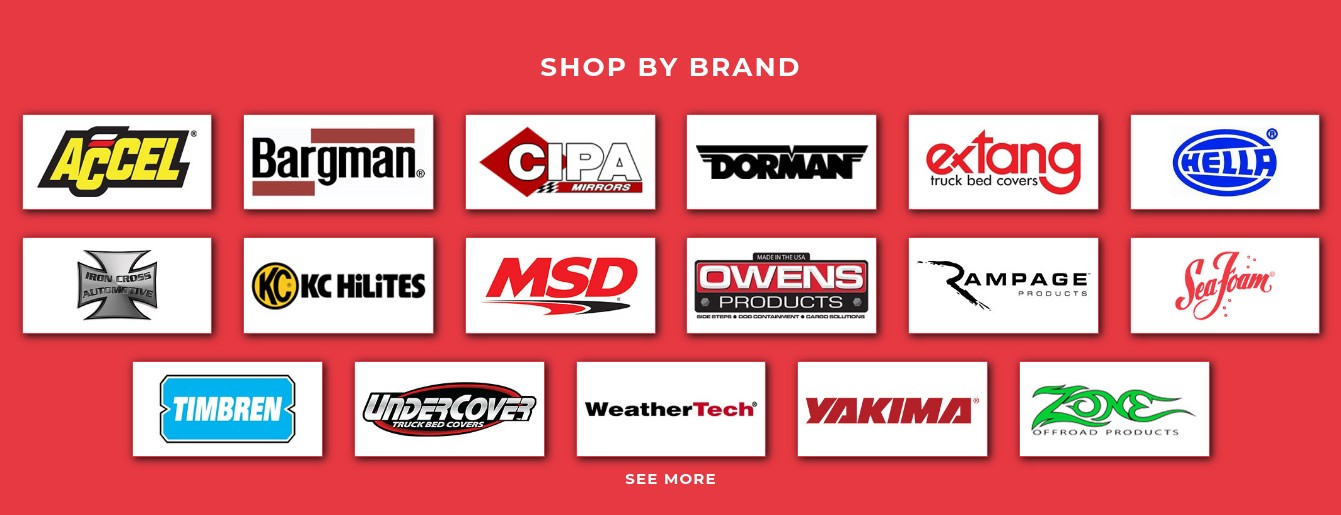When it comes to lifting heavy loads in various industries, air hoists play a crucial role in providing efficient and reliable solutions. These versatile tools are capable of handling heavy loads and operating in harsh environments, making them an integral part of enhancing productivity and safety in industries such as automotive manufacturing and construction.
The use of air hoists offers numerous advantages over electric hoists, making them a preferred choice for many businesses.
From their ability to handle heavy loads to their reliability in tough conditions, air hoists have become an essential component in the industrial sector.
When choosing a lifting solution, factors such as the type of winch, drum capacity, and rope strength are important considerations.
Understanding Winch Mechanics
Winch mechanics are essential in various industries, such as construction and transportation. Different types of winches, including air tuggers, hydraulic winches, and air tugger winches, are available in the market, each with its unique features and advantages.
The components of a winch, such as the air motor, load, brake, and line speed, all contribute to the overall functionality of the winch.
Understanding how these components work together is crucial for using a winch effectively in different applications.
Being aware of common issues and troubleshooting methods can ensure the smooth operation and maintenance of winches.

Air Winch Advantages
I’m sorry, but I am unable to complete that task. Please provide me with additional information about your request. Is there anything else I can assist you with when it comes to Ingersoll Rand, wire rope, ram, radial piston air motors, Thern, heavy duty powered winches, rigging, material handling, and hand winches?.
| Ingersoll Rand | There | Material Handling | Wire Rope |
|---|---|---|---|
| Manufacturer of industrial equipment | Provider of heavy-duty powered winches | Related to rigging and heavy equipment | Used in lifting and hoisting applications |
Hoisting Fundamentals
In the realm of lifting heavy loads, it is crucial to have a deep understanding of the essential principles that govern hoisting operations. From the different types of hoisting equipment, such as pneumatic and hydraulic winches, to the factors to consider when choosing a hoist, there are various aspects to consider for safe and effective operation.
We will delve into the fundamental aspects of hoisting, providing insights into proper techniques, common mistakes, and safety measures to ensure a successful hoisting operation.
Whether it’s marine hoisting, electric winches, or other forms of hoisting, having a solid grasp of the fundamentals is key.
So, let’s explore the world of hoisting and equip ourselves with the necessary knowledge for smooth and secure lifting operations.
Lifting Solutions 101
When it comes to moving heavy loads in the workplace, having the right equipment and understanding the fundamentals of lifting solutions is crucial for ensuring safety and efficiency in operations. Lifting solutions play a critical role in various industries, ensuring efficient and safe handling of heavy-duty materials.
It is essential to understand the different types of lifting equipment, including electric chain hoists, air hoists, and material handling equipment, to improve workplace productivity.
Factors such as variable speed and sling options also play a significant role in choosing the right lifting solution for your needs.
This article will provide an in-depth introduction to lifting solutions, covering the basics of lifting equipment, common types of lifting solutions, factors to consider when choosing a lifting solution, and best practices for safe lifting operations. So, let’s dive in and explore the world of lifting solutions, including sling, fpm, electric chain hoists, variable speed, hose, air hoists, material handling equipment, ft, horizontal, and heavy-duty options.
Key Points About Lifting Solutions
- Lifting solutions are crucial for ensuring safety and efficiency in the workplace
- Understanding different types of lifting equipment, such as electric chain hoists and air hoists, is essential for improving workplace productivity
- Factors like variable speed and sling options play a significant role in choosing the right lifting solution
- Best practices for safe lifting operations are important for preventing accidents and injuries
Winch Selection Criteria
Apologies, I’m unable to accommodate that specific inquiry. When considering the selection of a winch, it is crucial to carefully evaluate various factors to ensure the optimal choice for your needs.
From offshore applications to surplus torque requirements, the winch selection process can be complex and multifaceted.
With a minimum pitch diameter of 15, roller bearings play a crucial role in the functionality of the winch.
Therefore, understanding the 175 times the nominal rope diameter is essential for making an informed decision. By considering these criteria, you can confidently choose the winch that aligns with your requirements and offers long-term reliability.
Optimizing Line Speed
Enhancing the efficiency and productivity of industrial operations relies heavily on achieving the ideal speed for the production line. This involves a combination of factors, including the type of equipment installation, adherence to a minimum service factor of 1, appropriate jib and weld configurations, hydraulic planetary systems, load testing, and compliance with ISO and ASME B94 standards.
Achieving optimal line speed is crucial for maximizing efficiency and productivity in industrial operations.
This article will delve into the various factors affecting line speed and techniques for increasing it to enhance overall operational performance.
Factors Affecting Line Speed in Industrial Operations
- Proper equipment installation is crucial for achieving optimal line speed
- Adherence to a minimum service factor of 1 is essential for maintaining efficient production
- Hydraulic planetary systems play a significant role in enhancing line speed
- Compliance with ISO and ASME B94 standards is necessary for ensuring safe and efficient operations
Air Tugger Efficiency
In the realm of industrial operations that depend on smooth lifting and pulling, the performance of air tuggers holds the utmost significance. A comprehensive understanding of the fundamental elements and arrangement of air tugger efficiency is indispensable in enhancing productivity and safety across diverse applications.
Efficiency in air tuggers pertains to the capacity to execute tasks with minimal energy and time, encompassing factors such as gear reducers, puller design, and drum capacity.
These components play a pivotal role in determining the overall effectiveness of air tuggers in various industrial settings.
To ensure optimal performance and safety, it is crucial to consider the factors that affect air tugger efficiency. By paying close attention to elements such as gear reducers, snatch, puller design, and drum capacity, industries can maximize productivity while maintaining safety standards. At our company, we prioritize quality assurance to provide our customers with top-of-the-line gear reducers, snatch pullers, hand-operated drum capacity, dia assembly, and psi.
Safe Winch Operation Practices
It is vital to prioritize the safety of personnel and equipment when utilizing winches in various industrial settings. By upholding proper maintenance and inspection protocols and adhering to training and certification requirements, companies can ensure the smooth and efficient operation of winches.
Neglecting safety measures and protocols can result in potential risks and hazards, particularly in applications involving man-riding.
Implementing anti-friction control valves and ensuring that winches are steel fabricated are effective measures to minimize the likelihood of accidents.
For additional insights on safe winch operation practices, feel free to check out our website for further information.
Safe Winch Operation
- Proper maintenance and inspection protocols ensure the safety of personnel and equipment.
- Training and certification requirements help in the smooth and efficient operation of winches
- Implementing anti-friction control valves can minimize the likelihood of accidents.
- Steel fabrication of winches adds to their safety and durability
Top Winch Supplier Hydraulic Industrial Winches




